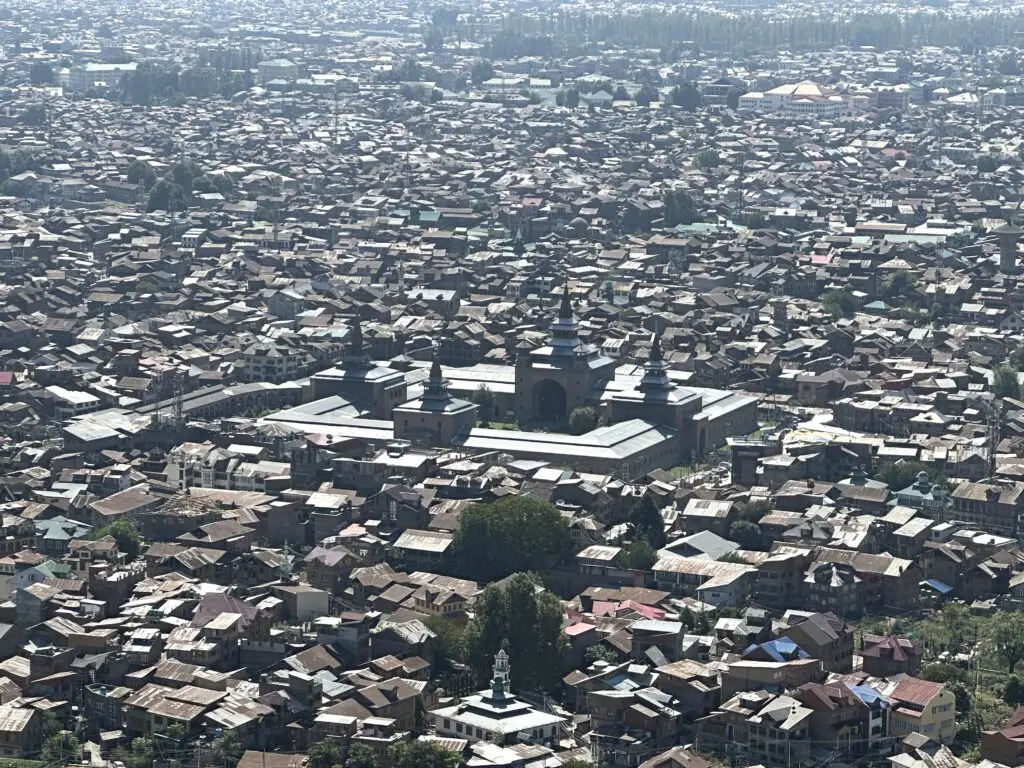
How the Indian state erases and reshapes Kashmir’s sacred spaces

Shrines and mosques in Kashmir are not merely devotional spaces, but complex socio-political sites where the sacred, cultural, and all other dimensions of Kashmiri identity converge. These spaces have been repositories of collective memory that lend a voice to anti-hegemonic aspirations. As a response, perhaps, different regimes have attempted to intervene in these spaces, making deliberate efforts to further cultural erasure and recontextualise them within statist narratives. A deliberate suppression or redefinition of community heritage is a potent tool for state narratives seeking to consolidate power in Kashmir. This was true of the Sikh and Dogra rulers of the past, and remains true of the Indian government today. In Kashmir, these sacred spaces face targeted dehistoricisation. The old shrines and mosques, embedded deeply within the Kashmiri identity, are now being recontextualised to fit India’s nationalistic frameworks that disconnect them from their socio-political importance. This dehistoricisation is part of a process…





